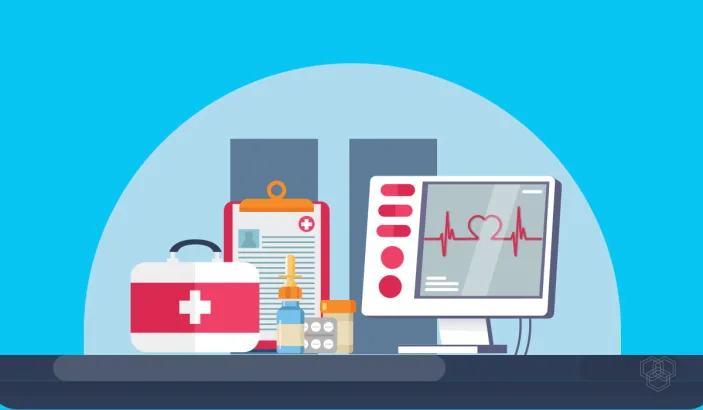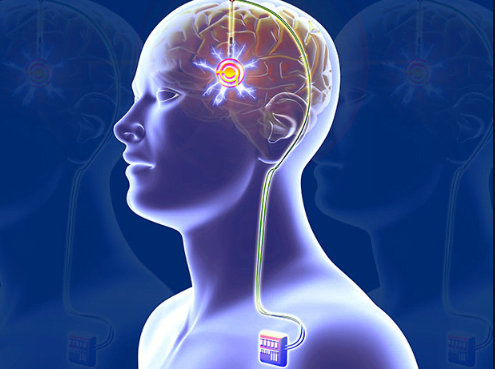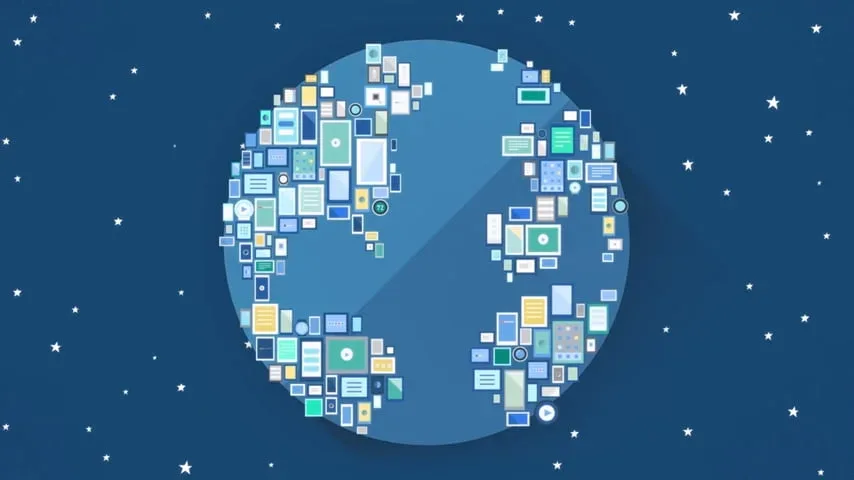Heart disease is the leading cause of death among men and women. Out of all the heart diseases, Coronary heart disease is the most common.
Nowadays, innovative medical devices and techniques have been introduced to treat various diseases. Making use of technology to treat heart diseases can prove to be a huge leap in healthcare.
Causes of heart diseases
Its causes include:
- Excessive smoking
- Stress
- Valvular heart disease
- High blood pressure
- Coronary artery disease
- Diabetes
- Drug abuse
- Obesity
- Physical indolence and laziness
- Poor hygiene
- Family history
- Increasing age
- Chemotherapy drugs
- Radiation therapy for the treatment of cancer
- High cholesterol level
Its symptoms
Its symptoms include:
- Breathlessness
- Cold sweat or perspiration
- Fatigue and tiredness
- Sudden loss of balance
- Pressure and feeling of tightness in the chest
- Pain in the chest
- Squeezing or Aching sentiments in the chest or in the arm that may reach neck, jaw and in the back
- A sudden feeling of dizziness
- Changes in heart rhythm
- Skin rashes, eruption or unusual spots
- Chest discomfort (angina)
- Weakness or coldness in the legs or arms if the blood vessels in those parts of the body are shrinking or narrow
Precautions and preventions
Following are the precautions that one can follow to minimize the chances of getting heart disease.
- Regular workout
- Avoid smoking
- Avoid alcohol
- Practice good hygiene
- Get a regular medical checkup
- Maintain moderate blood pressure
- Stop stressing out
- Lose weight if you are overweight
- Manage your diabetes
- Eat a healthy diet
- Avoid too much salt
- Control cholesterol levels
- Avoid saturated fat diet
Medical technologies for its treatment
1. Ultra-fast heart scan
Ultra-fast heart scans examine your heart by using x-ray and computer system. The scan is swift and quick. It helps the doctor by providing the details of heart and the way it is functioning. This test also detects and diagnoses coronary artery disease. It detects coronary artery disease at its premature stage by detecting calcium deposits in the heart and coronary arteries.
2. Google Glass
Google Glass is a wearable computing technology. It comprises of the handset that basically sets on your face like a pair of eyeglasses. Google glass is like a mini computer that can capture pictures, record videos and wirelessly convey and transfer data.
Physicians can wear Google device during medical procedures so that they can capture an image and record video to transfer them. With the help of Google glass, there is no need to handle any camera, and there is no extra disturbance in the surgical environment.
Google glass is also used during coronary angiography. In coronary angiography, the physician inserts or injects a special dye into the heart arteries to disclose and release blockages.
3. Left ventricular assist device (LVAD):
Left ventricular assist device is used as a bridge to transplant the heart. Left Ventricular Assist Device is basically a pump inserted inside the patient’s chest. It delivers extra circulation to the vital organs in the body. It secures them from any additional damage.
4. WATCHMAN
WATCHMAN is a life lasting heart implant. It is used to lower the risk of stroke for people with atrial fibrillation (A-Fib). The purpose of WATCHMAN is to permanently block your left atrial appendage. With the help of this device, the patient does not need to be on lifelong thinners.
5. Protein Patch
Protein Patch is for the heart muscle growth. During the heart attack, heart muscles get damaged and die. Sometimes, it might lead to heart failure as the cells cannot fully regenerate, and the scar tissues are formed in their place. Protein Patch’s purpose is the regrowth of tissues. Scientists are hoping that the clinical trials of the protein patch to start soon.
6. HeartFlow FFR CT
HeartFlow FFR CT uses the standard CT scan and then creates 3D models of your arteries. This permits the doctor to view any restrictions and the effect that it has on blood flow.
7. Percutaneous Coronary Intervention (PCI)
Percutaneous Coronary Intervention is used to open the arteries that are blocked. This is highly significant for the patients that are at the risk of bypass surgery.
8. Impella
Impella is the world’s smallest heart pump. These mechanical devices are temporarily used for ventricular support in patients with depressed heart function. These are small in size and introduced into the body through the skin of the groin.
These small heart pumps are inserted through a peripheral artery in the groin. This artery is the femoral artery. After gaining access in the femoral artery, the technology is advanced into a big artery of the heart and then finally into the left side of the heart.
Uses of Impella
Impella provides mechanical circulatory support in following conditions:
- In a hemodynamically unstable patient, i.e., the patient having low blood pressure unable to perfuse organs of the body
- Patients of cardiac failure
- Patients of Cardiogenic shock
- Patients of depressed heart function after a heart attack or open-heart surgery
9. MitraClip
MitraClip is a device that helps heart patients with degenerate heart failure. Heart patients are at high risk of requiring an open heart surgery due to the leaky heart valve.
The MitraClip is implanted into the valve with the help of a catheter. When it is placed in the valve, it helps valve open and closes suitably and appropriately. In this way, the standard of life is upgraded and improved.
10. Transcatheter Aortic Valve Replacement (TAVR)
Transcatheter Aortic Valve Replacement is a minimally invasive technique. By using Transcatheter Aortic Valve Replacement surgeons can restore and regulate your heart valve by implanting a replacement valve into the aortic valves with the help of a catheter. When the new valve expands, it takes the job of regulating blood flow.
Conclusion
Heart technologies can benefit society by decreasing the heart mortality related burden. The innovations can help these cardiac patients live a better life.
Inspired by: Healthy Driven Chicago







Share Your Thoughts